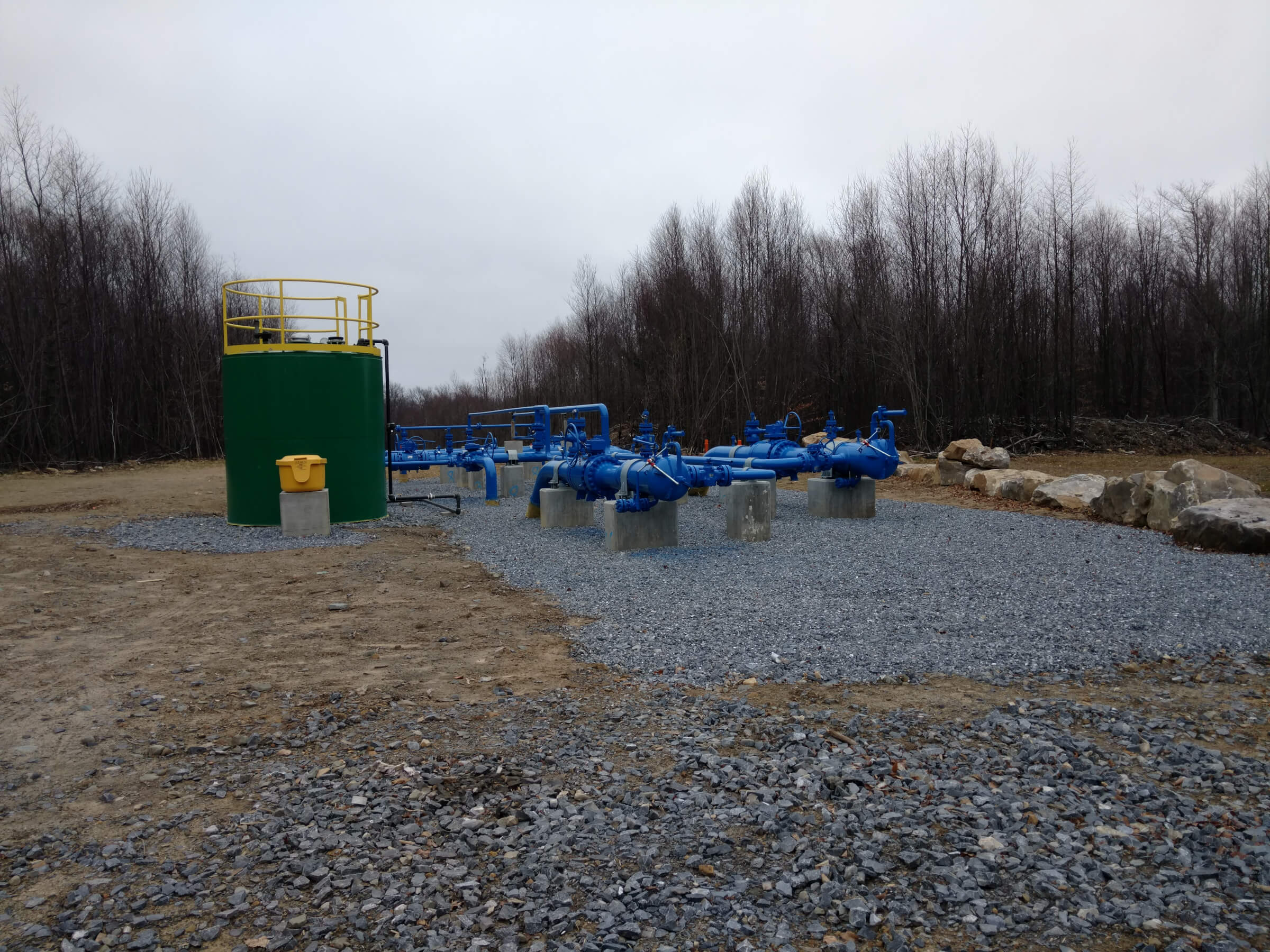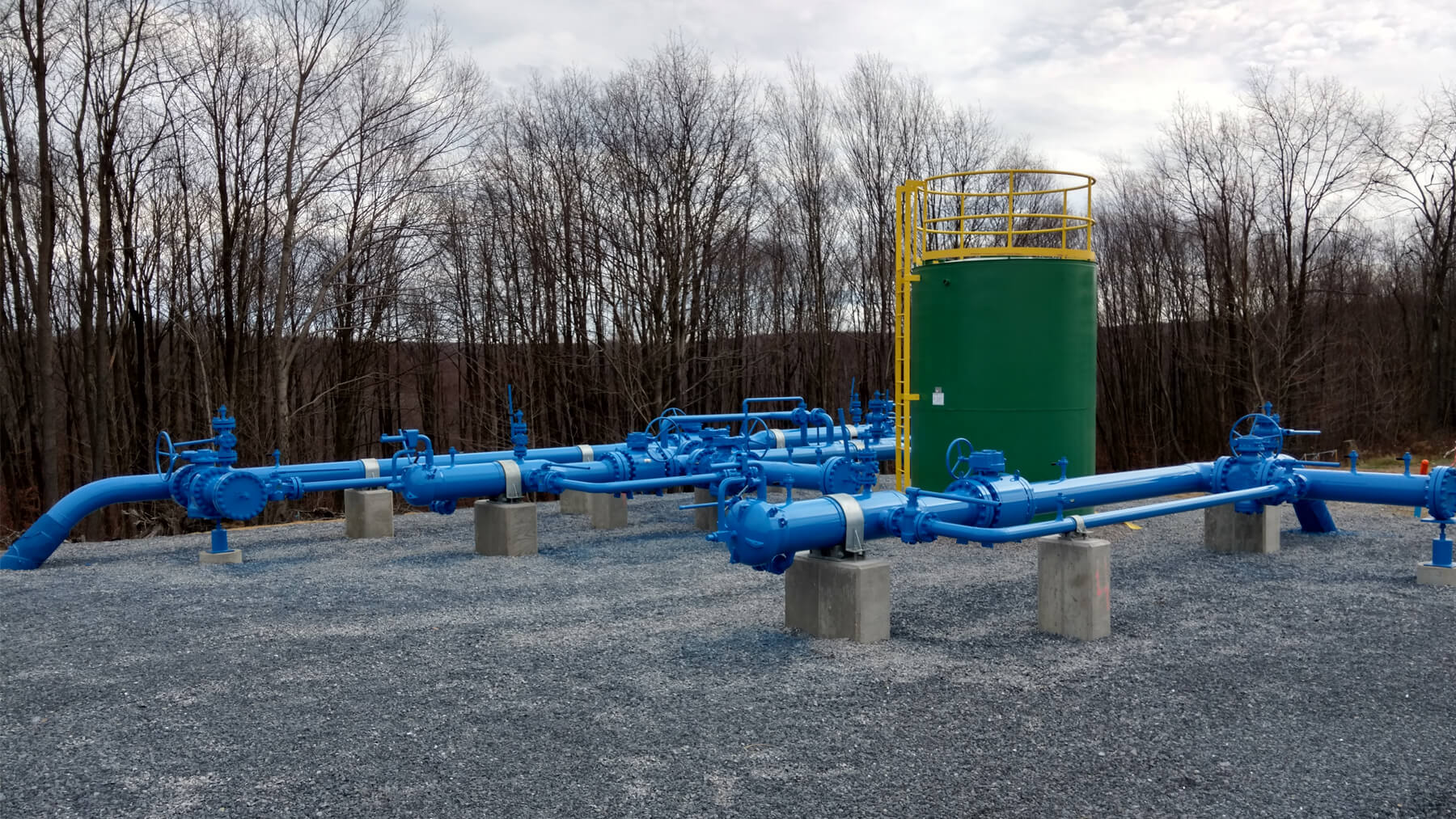Unlocking Energy Independence: The Highlander Pipeline For "jos-038"
What is a Highlander Pipeline?
A Highlander Pipeline is a software development methodology that emphasizes continuous integration and continuous delivery (CI/CD). It is designed to help teams deliver software updates more frequently and with less risk.
The Highlander Pipeline is based on the idea of a "" (), or assembly line. In a, work is broken down into small, manageable tasks that are completed in a sequential order. This allows teams to identify and fix problems early on, and to deliver software updates more quickly and efficiently.
- Justdoinghomeworkcom
- Jarrod And Brandi Storage Wars
- Tony Hawk Net Worth
- When Is Lil Boosies Birthday
- Dark Pick Up Lines
The Highlander Pipeline is a valuable tool for teams that want to improve their software development process. It can help teams to deliver software updates more frequently, with less risk, and with higher quality.
Here are some of the benefits of using a Highlander Pipeline:
- Faster software delivery
- Reduced risk of errors
- Improved software quality
- Increased team productivity
If you are looking for a way to improve your software development process, then a Highlander Pipeline is a great option. It is a proven methodology that can help you to deliver software updates more frequently, with less risk, and with higher quality.
Highlander Pipeline
The Highlander Pipeline is a software development methodology that emphasizes continuous integration and continuous delivery (CI/CD). It is designed to help teams deliver software updates more frequently and with less risk.
- Continuous Integration
- Continuous Delivery
- Automated Testing
- Code Quality
- Collaboration
- Feedback
- Improvement
These key aspects work together to create a pipeline that is efficient, reliable, and scalable. By following the Highlander Pipeline, teams can deliver software updates more frequently, with less risk, and with higher quality.
For example, a team using the Highlander Pipeline might set up a continuous integration system that automatically builds and tests code changes. This system would run every time a developer commits code to the repository. By catching errors early on, the team can reduce the risk of introducing defects into production.
The Highlander Pipeline is a valuable tool for teams that want to improve their software development process. By following the key aspects outlined above, teams can deliver software updates more frequently, with less risk, and with higher quality.
1. Continuous Integration
Continuous Integration (CI) is a software development practice that involves automating the build, testing, and merging of code changes into a central repository. This practice helps to ensure that code changes are integrated and tested regularly, which can help to identify and fix errors early on. CI is an important component of the Highlander Pipeline, as it helps to ensure that code changes are integrated and tested frequently, which can help to reduce the risk of introducing defects into production.
There are many benefits to using CI, including:
- Faster software delivery: By automating the build, test, and merge process, CI can help teams to deliver software updates more frequently.
- Reduced risk of errors: By catching errors early on, CI can help to reduce the risk of introducing defects into production.
- Improved software quality: By ensuring that code changes are integrated and tested regularly, CI can help to improve the quality of software.
- Increased team productivity: By automating the build, test, and merge process, CI can free up developers to focus on other tasks.
CI is a valuable tool for teams that want to improve their software development process. By following the principles of CI, teams can deliver software updates more frequently, with less risk, and with higher quality.
Here is an example of how CI can be used in a Highlander Pipeline:
- A developer commits code changes to a version control repository.
- The CI system automatically builds and tests the code changes.
- If the tests pass, the code changes are automatically merged into the main branch.
- The CI system then deploys the code changes to a staging environment.
- The code changes are then manually tested by the QA team.
- If the QA team approves the code changes, they are automatically deployed to production.
This is just one example of how CI can be used in a Highlander Pipeline. There are many different ways to implement CI, and the best approach will vary depending on the specific needs of the team.
2. Continuous Delivery
Continuous Delivery (CD) is a software development practice that involves automating the build, test, and deployment of code changes. This practice helps to ensure that code changes are delivered to production quickly and reliably. CD is an important component of the Highlander Pipeline, as it helps to ensure that code changes are delivered to production frequently, with less risk, and with higher quality.
There are many benefits to using CD, including:
- Faster software delivery: By automating the build, test, and deployment process, CD can help teams to deliver software updates more frequently.
- Reduced risk of errors: By catching errors early on, CD can help to reduce the risk of introducing defects into production.
- Improved software quality: By ensuring that code changes are tested and deployed regularly, CD can help to improve the quality of software.
- Increased team productivity: By automating the build, test, and deployment process, CD can free up developers to focus on other tasks.
CD is a valuable tool for teams that want to improve their software development process. By following the principles of CD, teams can deliver software updates more frequently, with less risk, and with higher quality.
Here is an example of how CD can be used in a Highlander Pipeline:
- A developer commits code changes to a version control repository.
- The CI system automatically builds and tests the code changes.
- If the tests pass, the code changes are automatically merged into the main branch.
- The CD system then automatically deploys the code changes to a staging environment.
- The code changes are then manually tested by the QA team.
- If the QA team approves the code changes, the CD system automatically deploys them to production.
This is just one example of how CD can be used in a Highlander Pipeline. There are many different ways to implement CD, and the best approach will vary depending on the specific needs of the team.
3. Automated Testing
Automated testing is a critical component of the Highlander Pipeline. It helps to ensure that code changes are tested regularly and that any errors are caught early on. This can help to reduce the risk of introducing defects into production and improve the overall quality of the software.
- Unit Testing: Unit testing involves testing individual units of code, such as functions or classes. This type of testing can be used to verify that the code is working as expected and that it is free of errors.
- Integration Testing: Integration testing involves testing how different units of code work together. This type of testing can be used to verify that the code is working as expected and that there are no errors in the integration between different components.
- System Testing: System testing involves testing the entire software system as a whole. This type of testing can be used to verify that the system is working as expected and that there are no errors in the overall system.
- Performance Testing: Performance testing involves testing the performance of the software system under different load conditions. This type of testing can be used to identify any performance bottlenecks and to ensure that the system can handle the expected load.
Automated testing is a valuable tool for teams that want to improve their software development process. By automating the testing process, teams can free up developers to focus on other tasks, such as developing new features or fixing bugs. Automated testing can also help to improve the quality of the software by catching errors early on.
4. Code Quality
Code quality is a critical aspect of the Highlander Pipeline. It helps to ensure that the code is well-written, easy to understand, and maintainable. This can help to reduce the risk of errors and improve the overall quality of the software.
- Code Readability: Code readability refers to how easy it is to understand and maintain the code. This includes factors such as the use of clear and concise variable names, proper indentation, and consistent coding style.
- Code Reusability: Code reusability refers to the extent to which code can be reused in different parts of the application. This can help to reduce the amount of code that needs to be written and maintained, and can also help to improve the consistency of the codebase.
- Code Testability: Code testability refers to how easy it is to test the code. This includes factors such as the use of clear and concise test cases, and the use of automated testing tools.
- Code Performance: Code performance refers to how efficiently the code runs. This includes factors such as the use of efficient algorithms and data structures, and the avoidance of unnecessary code.
By focusing on code quality, teams can improve the overall quality of their software and reduce the risk of errors. This can help to accelerate the delivery of software updates and improve the overall productivity of the team.
5. Collaboration
Collaboration is a critical component of the Highlander Pipeline. It is essential for teams to work together effectively in order to deliver software updates frequently, with less risk, and with higher quality. Collaboration can take many forms, including:
- Pair programming
- Code reviews
- Team meetings
- Slack/Discord channels
- Wiki/Confluence pages
By fostering a collaborative environment, teams can share knowledge, learn from each other, and identify and solve problems more effectively. This can lead to a number of benefits, including:
- Faster software delivery
- Reduced risk of errors
- Improved software quality
- Increased team productivity
- Higher team morale
One of the most important aspects of collaboration is creating a culture of trust and respect. This means that team members feel comfortable sharing their ideas and opinions, even if they are different from the majority. It also means that team members are willing to help each other out, even if it is not their responsibility. When there is a culture of trust and respect, teams are more likely to be successful.
Collaboration is essential for the success of the Highlander Pipeline. By fostering a collaborative environment, teams can deliver software updates more frequently, with less risk, and with higher quality.
6. Feedback
Feedback is a critical component of the Highlander Pipeline. It helps teams to identify and fix problems early on, and to deliver software updates more frequently, with less risk, and with higher quality.
There are many different ways to gather feedback, including:
- User testing
- Code reviews
- Performance testing
- Customer feedback
By gathering feedback from a variety of sources, teams can get a better understanding of how their software is being used and what areas need improvement. This information can then be used to make informed decisions about how to improve the software.
One of the most important aspects of feedback is that it should be actionable. This means that the feedback should be specific and provide clear guidance on how to improve the software. For example, instead of saying "The software is too slow," the feedback should say "The software takes too long to load. The loading time should be reduced by 50%." This type of feedback is much more helpful because it provides a clear goal for improvement.
Feedback is a valuable tool for teams that want to improve their software development process. By gathering feedback from a variety of sources and using it to make informed decisions, teams can deliver software updates more frequently, with less risk, and with higher quality.
7. Improvement
Improvement is a continuous process of identifying and implementing changes to make something better. In the context of the Highlander Pipeline, improvement is essential for delivering software updates more frequently, with less risk, and with higher quality.
- Continuous Integration: By continuously integrating code changes, teams can identify and fix problems early on. This helps to reduce the risk of introducing defects into production and improve the overall quality of the software.
- Continuous Delivery: By continuously delivering code changes, teams can get feedback from users more quickly. This feedback can then be used to make improvements to the software and deliver new features more frequently.
- Automated Testing: By automating the testing process, teams can free up time to focus on other tasks, such as developing new features or improving the quality of the software.
- Code Quality: By focusing on code quality, teams can improve the overall quality of the software and reduce the risk of errors. This can help to accelerate the delivery of software updates and improve the overall productivity of the team.
By embracing a culture of improvement, teams can deliver software updates more frequently, with less risk, and with higher quality. This can lead to a number of benefits, including increased customer satisfaction, reduced costs, and improved team morale.
FAQs on Highlander Pipeline
This section addresses frequently asked questions and misconceptions about the Highlander Pipeline, a software development methodology that emphasizes continuous integration and continuous delivery (CI/CD).
Q1: What are the key benefits of using a Highlander Pipeline?
A: The Highlander Pipeline offers numerous benefits, including faster software delivery, reduced risk of errors, improved software quality, and increased team productivity.
Q2: How does the Highlander Pipeline differ from traditional software development methodologies?
A: Unlike traditional methodologies, the Highlander Pipeline emphasizes continuous integration and continuous delivery, enabling teams to deliver software updates more frequently and with less risk.
Q3: What are the best practices for implementing a Highlander Pipeline?
A: Key best practices include establishing a continuous integration system, automating testing, focusing on code quality, fostering collaboration, and continuously seeking feedback and improvement.
Q4: How can teams overcome challenges when adopting the Highlander Pipeline?
A: Challenges may arise, but teams can overcome them by ensuring strong team collaboration, investing in training and upskilling, and continuously adapting the pipeline to their specific needs.
Q5: What tools and technologies are commonly used in a Highlander Pipeline?
A: Various tools support the Highlander Pipeline, including CI/CD tools (e.g., Jenkins, CircleCI), automated testing frameworks (e.g., JUnit, Mockito), code quality checkers (e.g., SonarQube), and collaboration platforms (e.g., Slack, Microsoft Teams).
In summary, the Highlander Pipeline is a valuable methodology for software development teams seeking to deliver high-quality software more frequently and efficiently. By leveraging CI/CD principles and incorporating best practices, teams can unlock its full potential.
Highlander Pipeline
The Highlander Pipeline has emerged as a transformative methodology in software development, empowering teams to deliver high-quality software updates with remarkable frequency and efficiency. Its emphasis on continuous integration and continuous delivery (CI/CD) has revolutionized the way teams approach software development, enabling them to respond swiftly to changing requirements and deliver value to end-users at an unprecedented pace.
Through the adoption of best practices such as automated testing, code quality assurance, and fostering a culture of collaboration and improvement, the Highlander Pipeline has proven to be a catalyst for software excellence. By embracing this methodology, teams can unlock the potential for faster delivery, reduced risks, and enhanced software quality. As the software landscape continues to evolve, the Highlander Pipeline will undoubtedly remain at the forefront, shaping the future of software development and empowering teams to achieve new heights of innovation and productivity.

Pipeline Valve Settings Highlander Energy Products, Inc.

Pipeline Valve Settings Highlander Energy Products, Inc.

PPT TO MAKE PAYMENT AND VIEW YOUR STUDENT ACCOUNT LOGIN TO YOUR